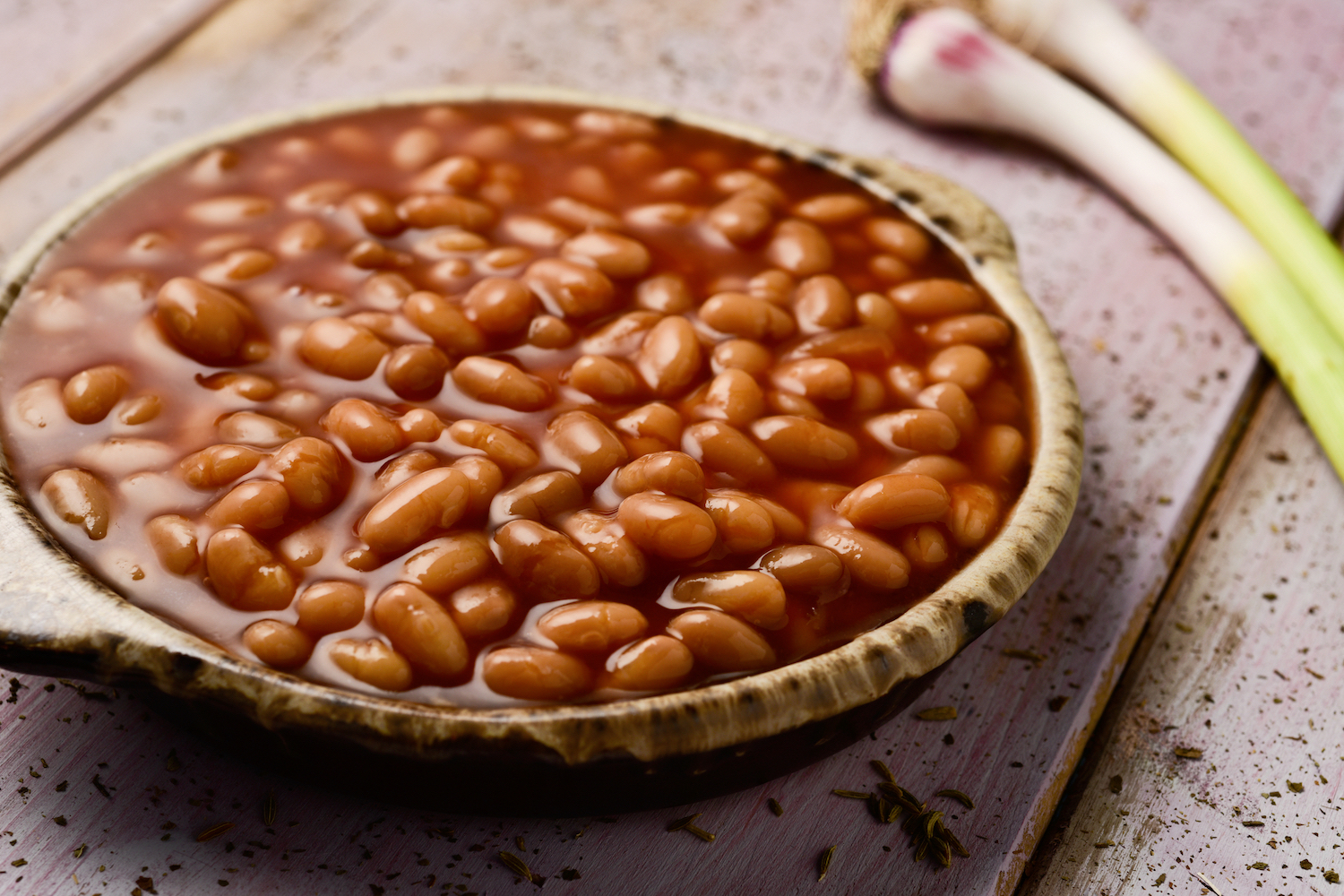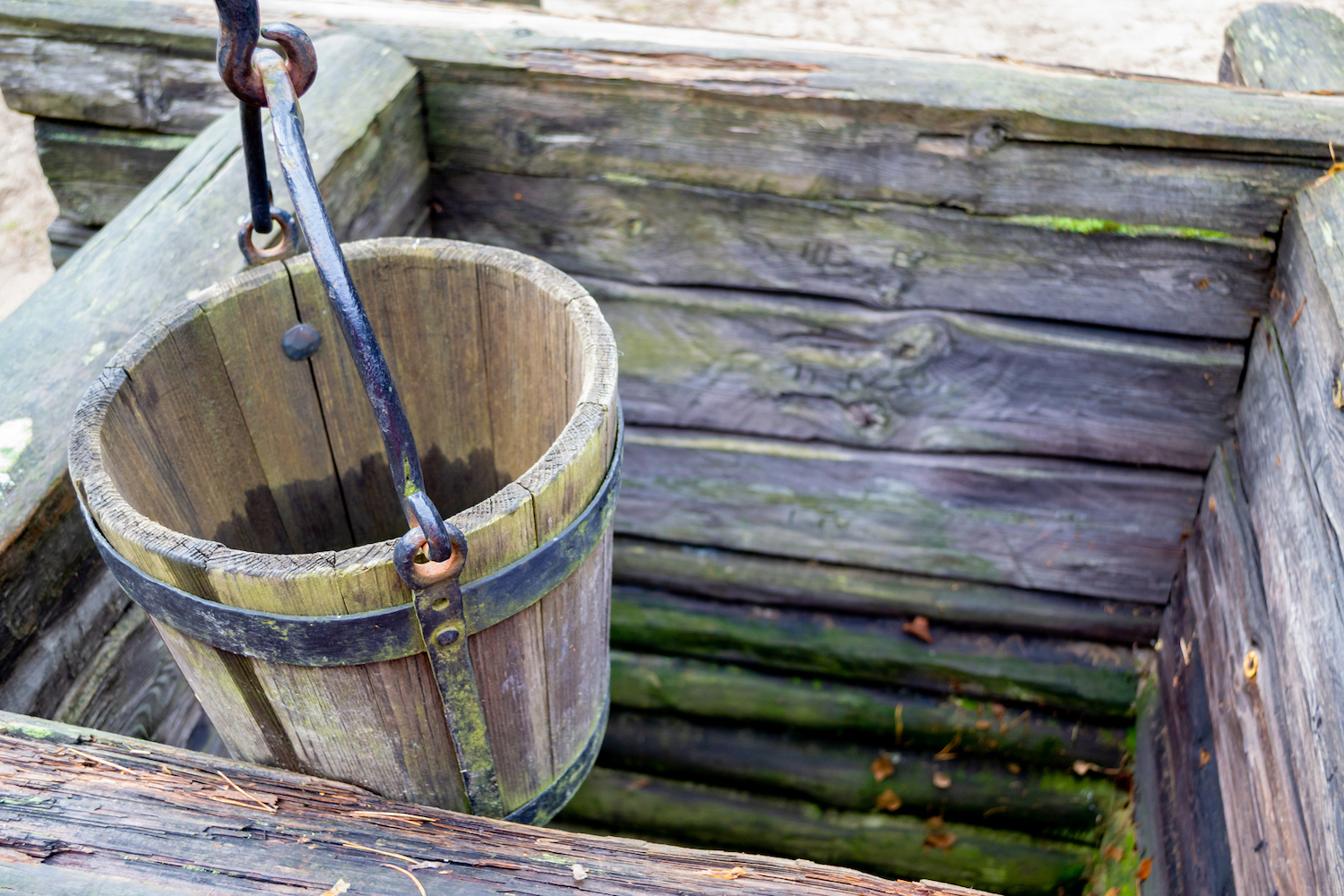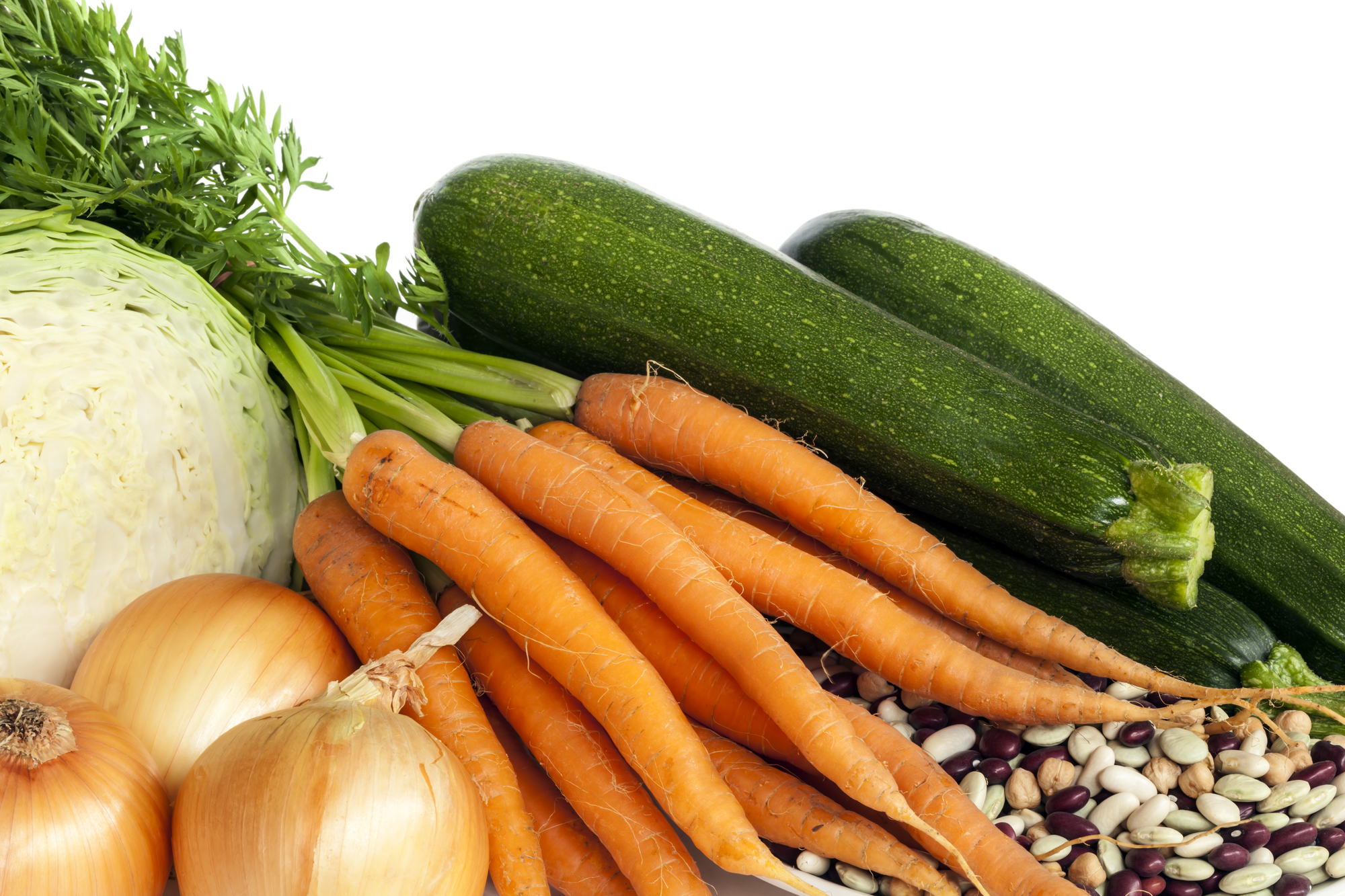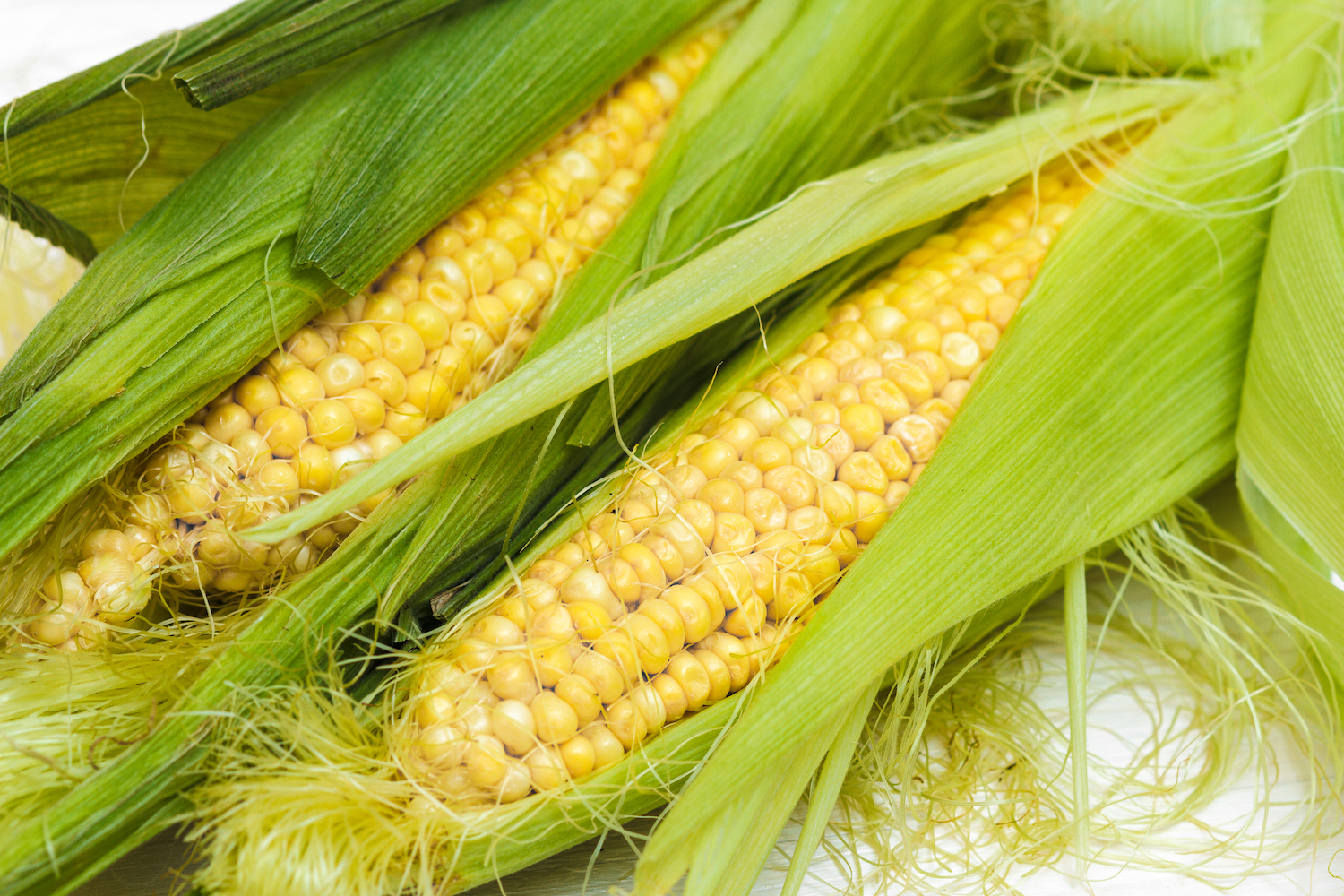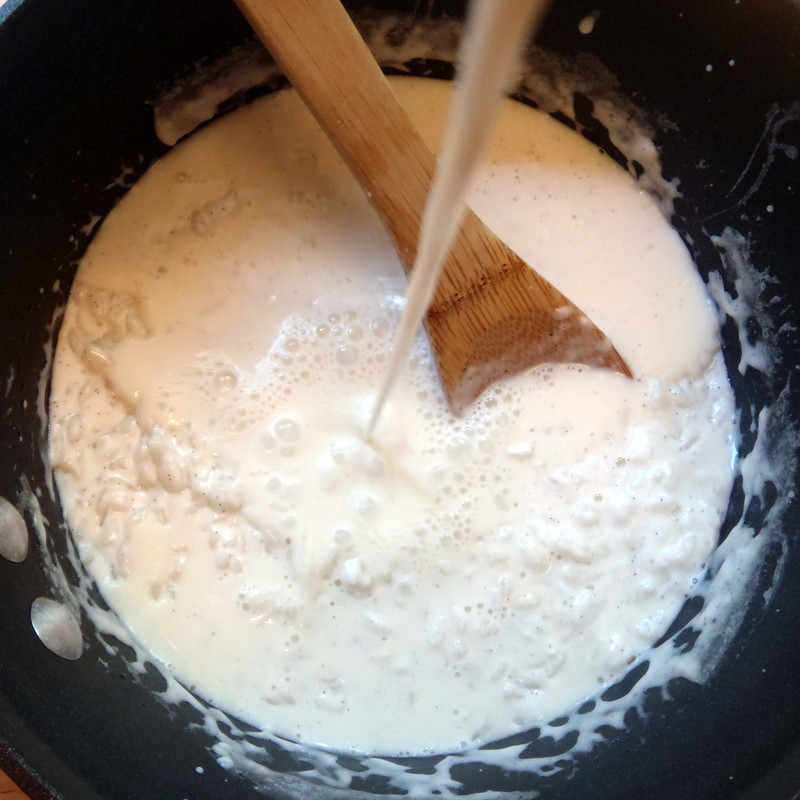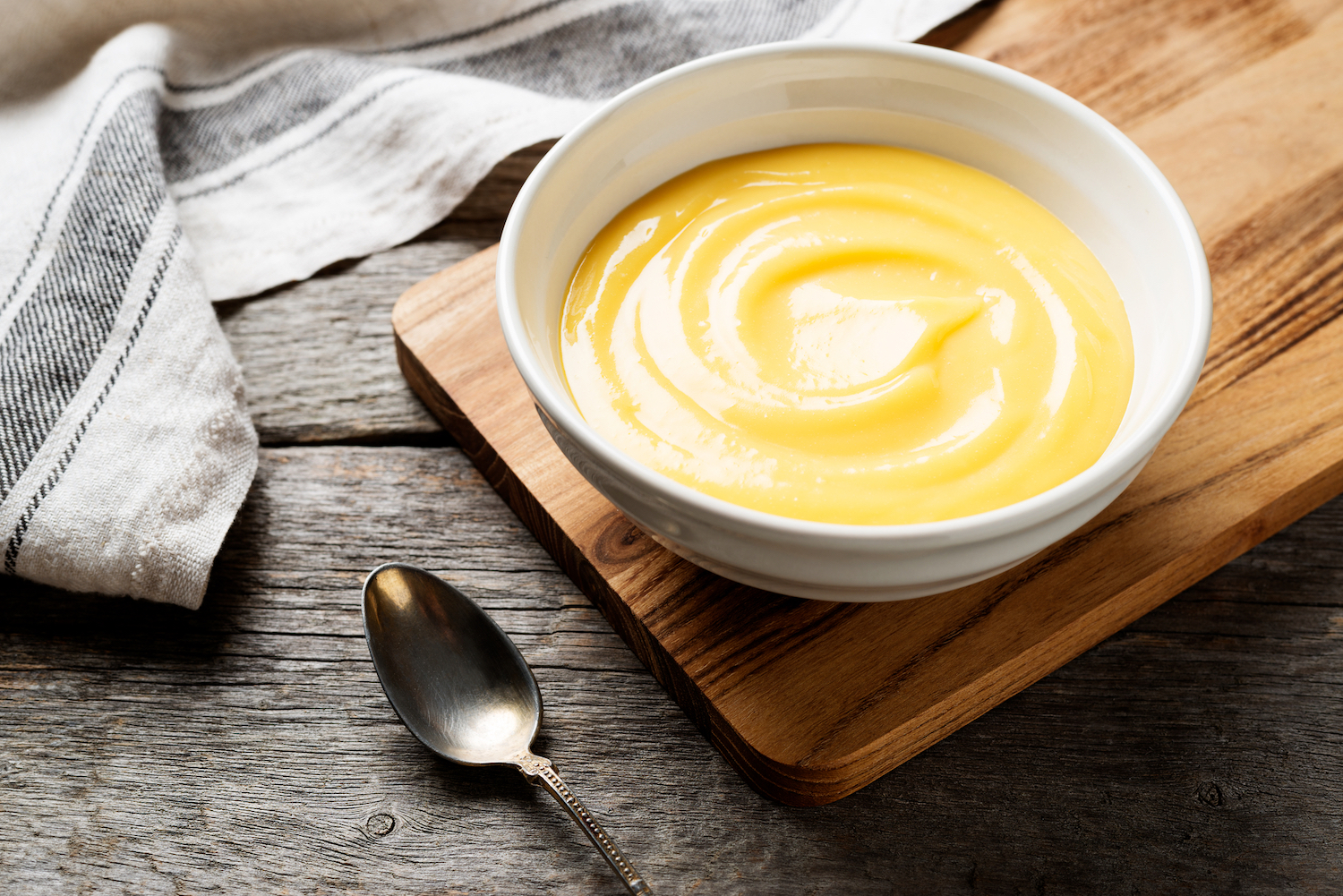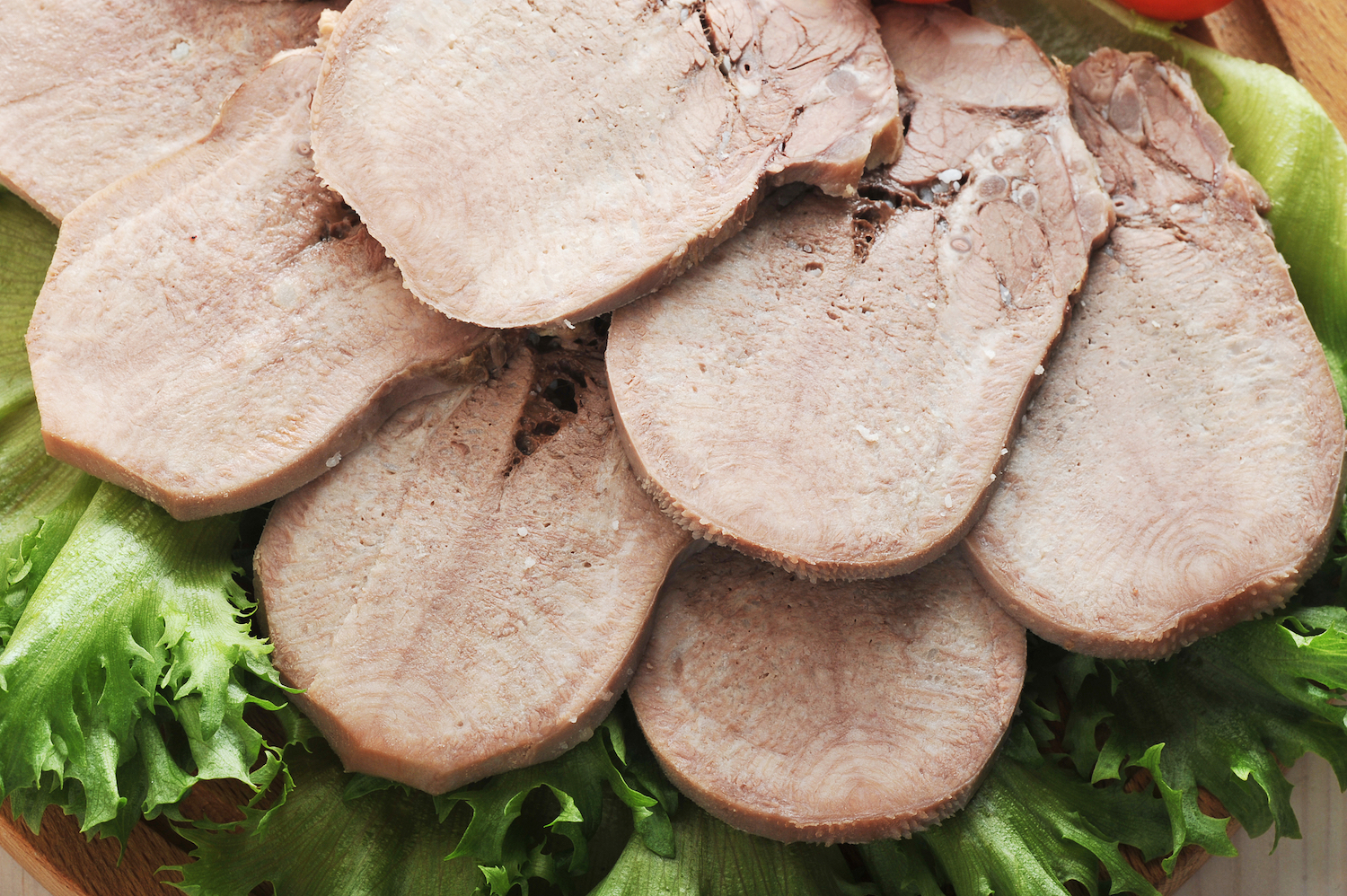Ways to Cook Haricot (Navy) Beans
The navy bean, haricot, pearl haricot bean, boston bean, white pea bean, or pea bean, is a variety of the common bean native to the Americas, where it was domesticated. It is a small, dry white bean which is smaller than many other types of white beans, and has an oval, slightly flattened shape. Wikipedia Cooking dried beans in the 1800s wasn’t much different from cooking them today except with no electricity, housewives had to keep a fire going the…
